Content table of this article
– Attracting Customers with the same values
– Mini Rodini Profitability and investments
– How they Scaled by Expanding
– Mini Rodini Brand Building
– Last Few Year’s Revenue
– Strategies to Take With You
The beauty of the first child, the excitement of bringing a new human into the world.
Something that hits new parents differently, the sudden urge to protect them and give them the best.
That hyperprotective instinct you wake up with overnight, that feels so real, and no one can fully explain it until you experience it.
Cassandra Rhodin is no different. With her strong values and commitment to living in harmony with the planet, she wanted the best for her children.
She couldn’t find clothes that matched those values.
She was looking for something beautiful and high quality, but also made with sustainable materials.
When nothing out there fit what she believed in, she decided to create it herself.
That’s how Mini Rodini was born.
Attracting Customers with the same values
Mission first from day one
Mini Rodini wasn’t just making cute outfits, they were pushing organic fabrics, fair labor, and a planet-first mindset.
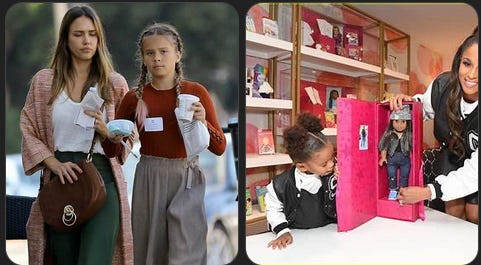
The celebrity love boosted
It made sustainability feel wearable, celebrities like Beyoncé, Jessica Alba, Gwen Stefani, and Ciara noticed early and started buying.
They kept it real
They told people exactly where and how their stuff was made.
No vague claims or greenwashing. That honesty pulled in parents who actually cared and were tired of the fake eco stuff.
No forced collabs. The values matched and that gave the brand even more credibility.
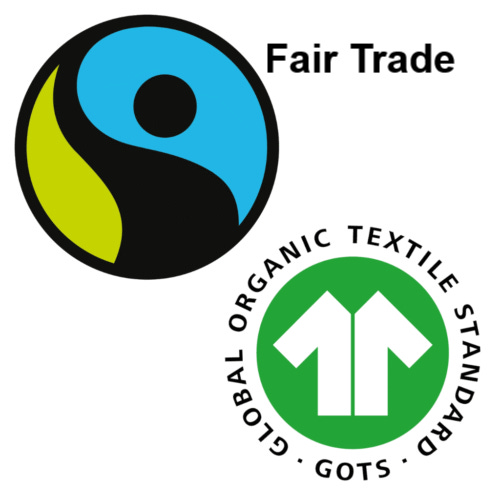
Certifications to back it up
They didn’t just say they were ethical, they had the receipts. GOTS, Fair Trade, all the legit badges that showed they walk the talk.
They built a community, not just a customer list
They didn’t shy away from real talk—climate, wages, production, all of it. People weren’t just buying clothes, they were buying into something that mattered.
Mini Rodini Profitability and investments
While specific details about the timeline to profitability aren’t publicly disclosed.
The brand’s consistent growth and expansion into markets like the U.S. and U.K. suggest a steady path to financial success. Mini Rodini’s commitment to quality and sustainability
Cassandra Rhodin built the brand from scratch using her own money.
The business and stayed in full control the entire way. No VC, no angel investors, no outside money.
That’s why the growth was slower and profitability took time, but it also meant she protected the brand’s values, identity, and mission from being diluted.
How they Scaled by Expanding
They launched with a strong e-commerce presence, which helped them reach global customers early without a big retail footprint.
They opened stores in key cities like Stockholm and built temprory store and Store-within-a-Store in high-end department stores like Selfridges, Barneys, and Nordstrom.
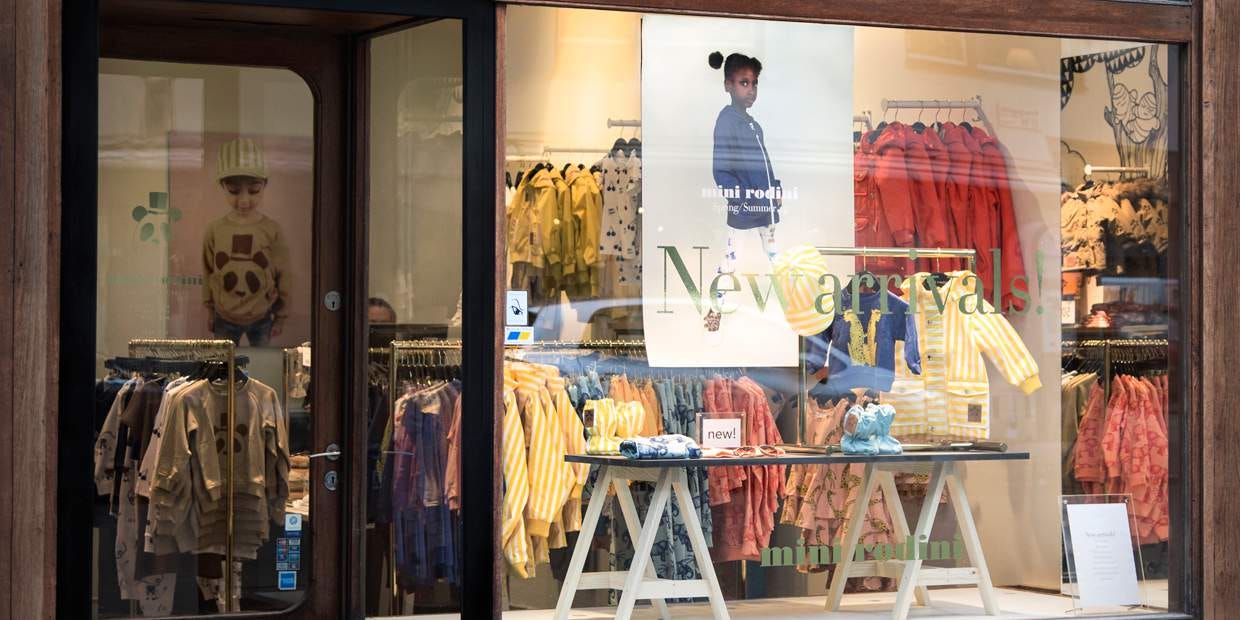
Partnership
Partnered with high-end boutiques and top department stores across Europe, North America, and Asia to reach the right audience without losing brand value.
lite Influencer Marketing
Leaned into bold visuals and gifted pieces to influencers and stylists to grow the brand without paid noise.
Targeted ads
Ran Facebook and Instagram ads aimed at eco-conscious, high-income parents who actually cared about what the brand stood for.
Localized websites
Customized their e-commerce and delivery setup to improve shopping experience in key markets like Sweden, the US, and the UK.
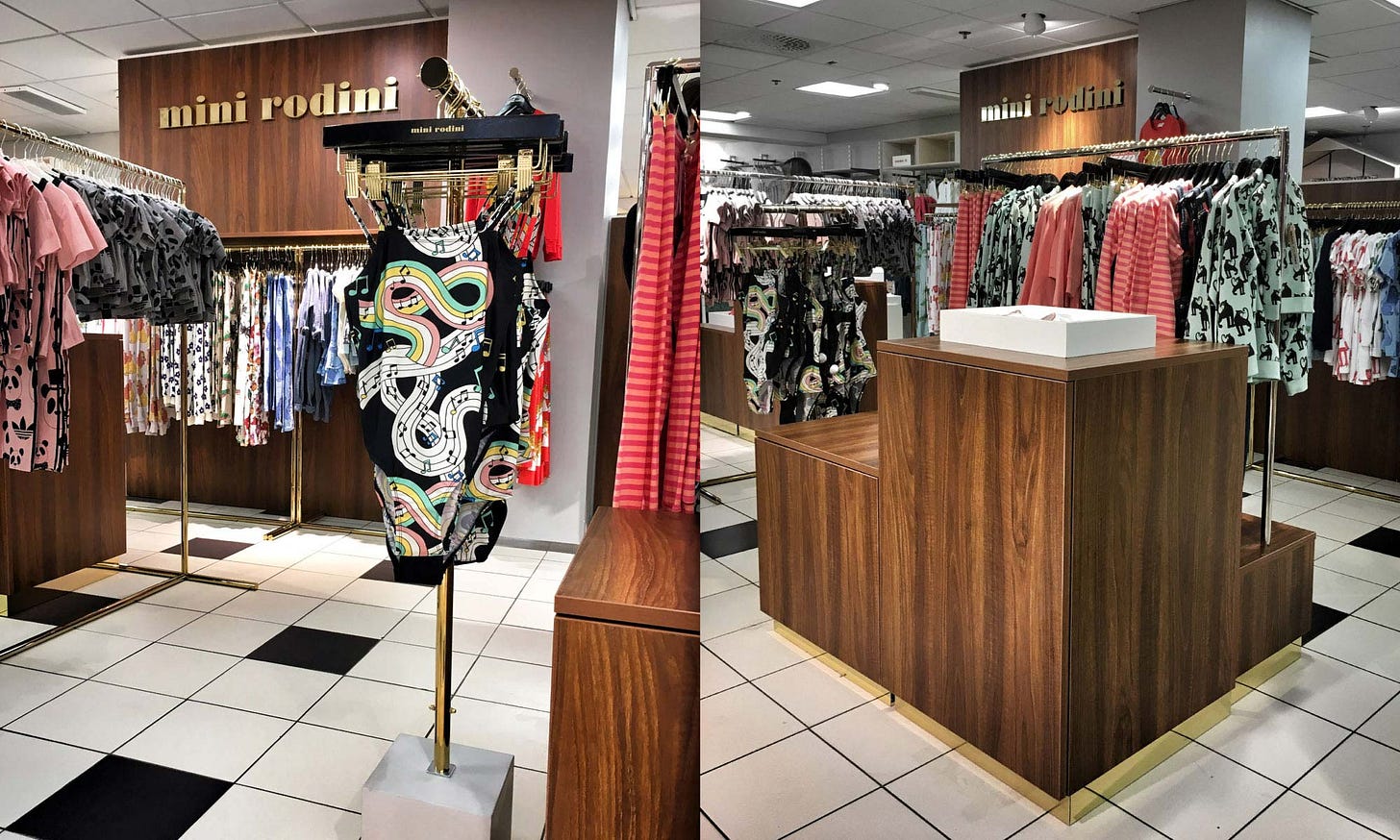
Selective retail
Chose only top-tier store-in-store placements like Selfridges, Barneys, and Nordstrom to keep the brand premium.
Automation
Used Shopify Plus, inventory systems, and email automation to grow without piling on a massive team.
Kept it internal the creativity process
They kept all design, messaging, and supply chain process process internal to protect the brand’s identity as they scaled.
Mini Rodini Brand Building
From day one, Cassandra intentionally built the brand making sure her customers knew what she stood for.
The mission was the start of the vision she had, and the brand marketing was built on her values.
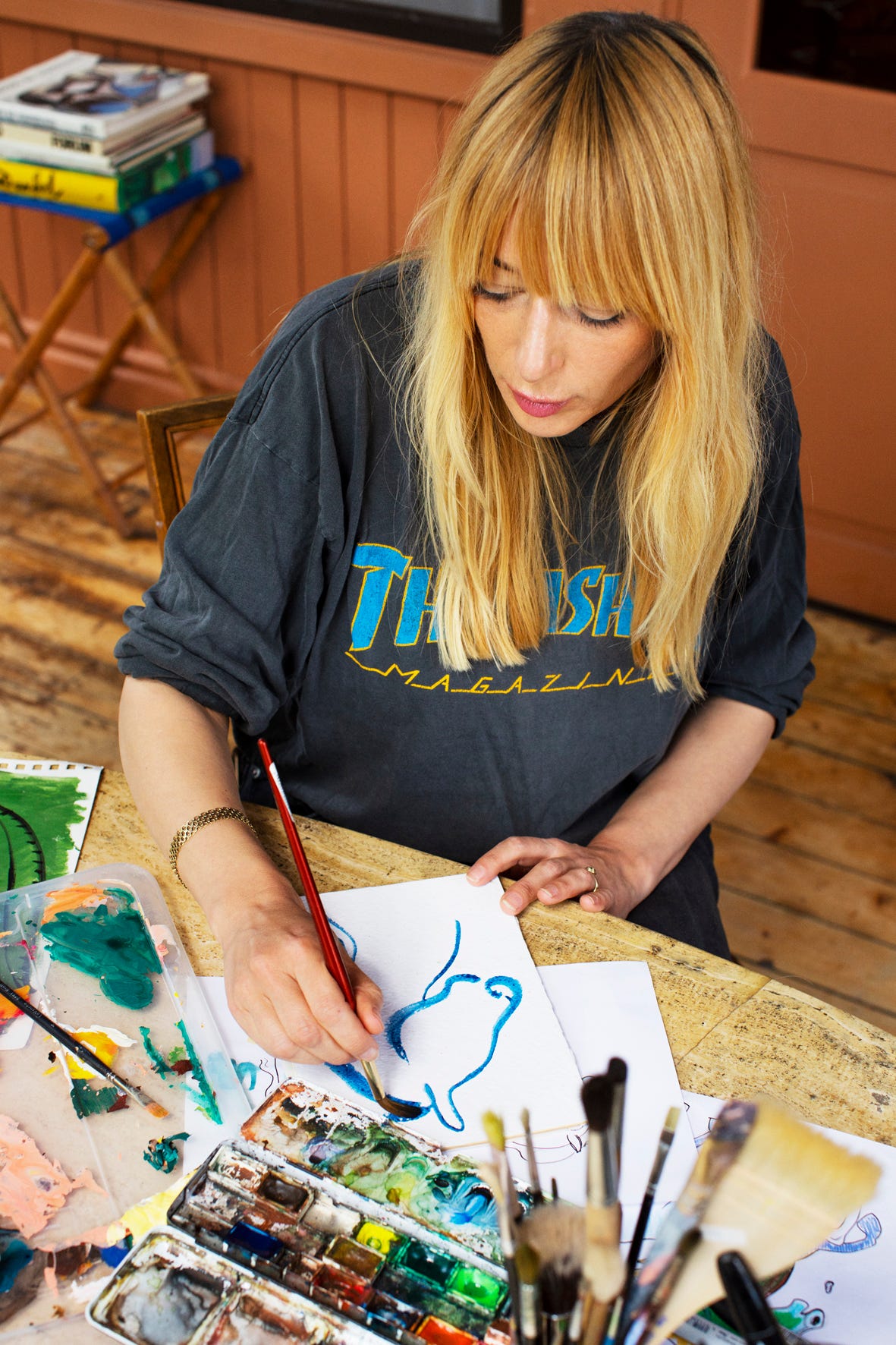
Foundational Strategies
Born into art
Cassandra Rhodin didn’t pick random design, she was raised in it.
Art runs deep in her family, so it makes sense every Mini Rodini piece starts with her own hand-drawn illustrations.
Purpose over profit
From day one, they’ve been loud about sustainability and doing business the right way.
Every collection comes with a message.
Parents who care about the planet see it, feel it, and stick with the brand because it aligns with what they stand for.
Execution Tactics
Limited drops, big impact
They don’t overproduce. When something drops, that’s it. No restocks.
It creates that “get it before it’s gone” energy. Parents treat the pieces like collectibles, not just clothes.
shared values community
Mini Rodini attracts parents who care about same values, not just looks.
It’s more than a shopping experience. It’s a shared belief system. When people buy, they’re not just spending money, they’re joining a tribe that actually reflects them.
Here’s a breakdown of Mini Rodini’s revenue over the past few years, converted from Swedish Kronor (SEK) to US Dollars (USD) using approximate exchange rates for each year:
Last Few Year’s Revenue
In Sweden the revenue of companies that opens under AB = LLC corporation their revenue records and balancheet is publicly available
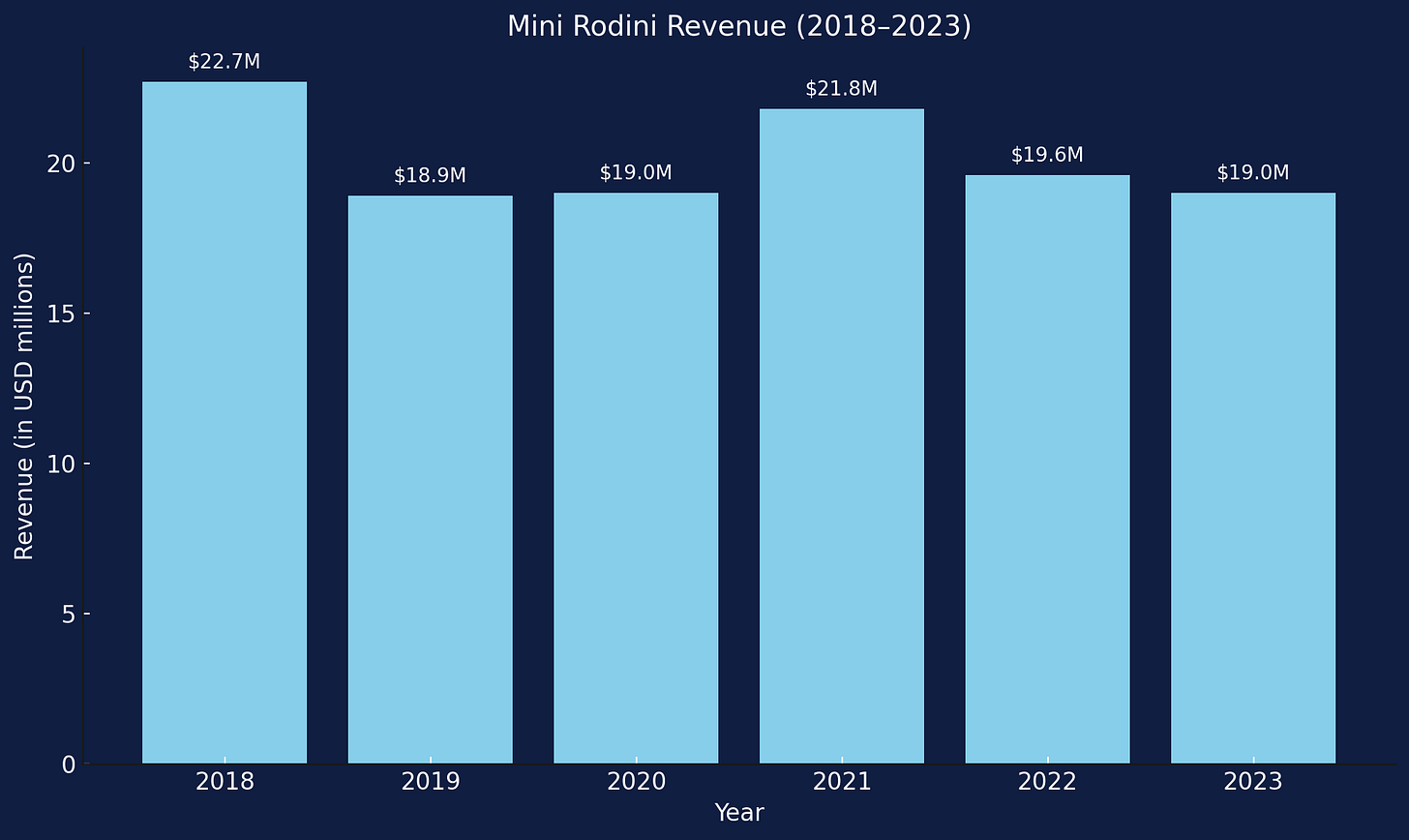
Revenue in Sweden:
2018 – $22.7M. 2019 – $18.9M
2020 – $19.0M. 2021 – $21.8M
2022 – $19.6M. 2023 – $19.0M
The revenue here are mostly from what Mini Rodini made in Sweden, no add to approximately another 60% to 70%.
Which means that if they make in Sweden $19 million adding 65% more
the company has made around:
$31m in 2023
Strategies to Take With You
If I’m building a value centric business like Cassandra did, I’d use the modern way of building brands like Gymshark.
Here’s the link to that case study if you missed it.
I’d start creating content on TikTok and Instagram before I even have a product.
Probably sharing the journey of starting a value centric business from scratch.
The goal is to become the first small influencer the brand will have.
I’d talk about my values and what the company will stand for.
Once the product is ready, I’d build and automate a website ecosystem to sell and retain.
Social media content will keep driving the traffic. I already have an article about website ecosystems if you want to go deeper.
I’d use the limited drop strategy.
Small collections that stay up for a few months then disappear for good. The point is to create that sense of urgency.
In the beginning, I’d go all in on TikTok Live Shopping. I’d explain the product, where it’s made, what it stands for, and the mission behind it.
I learned this from Gary Vee so why not.

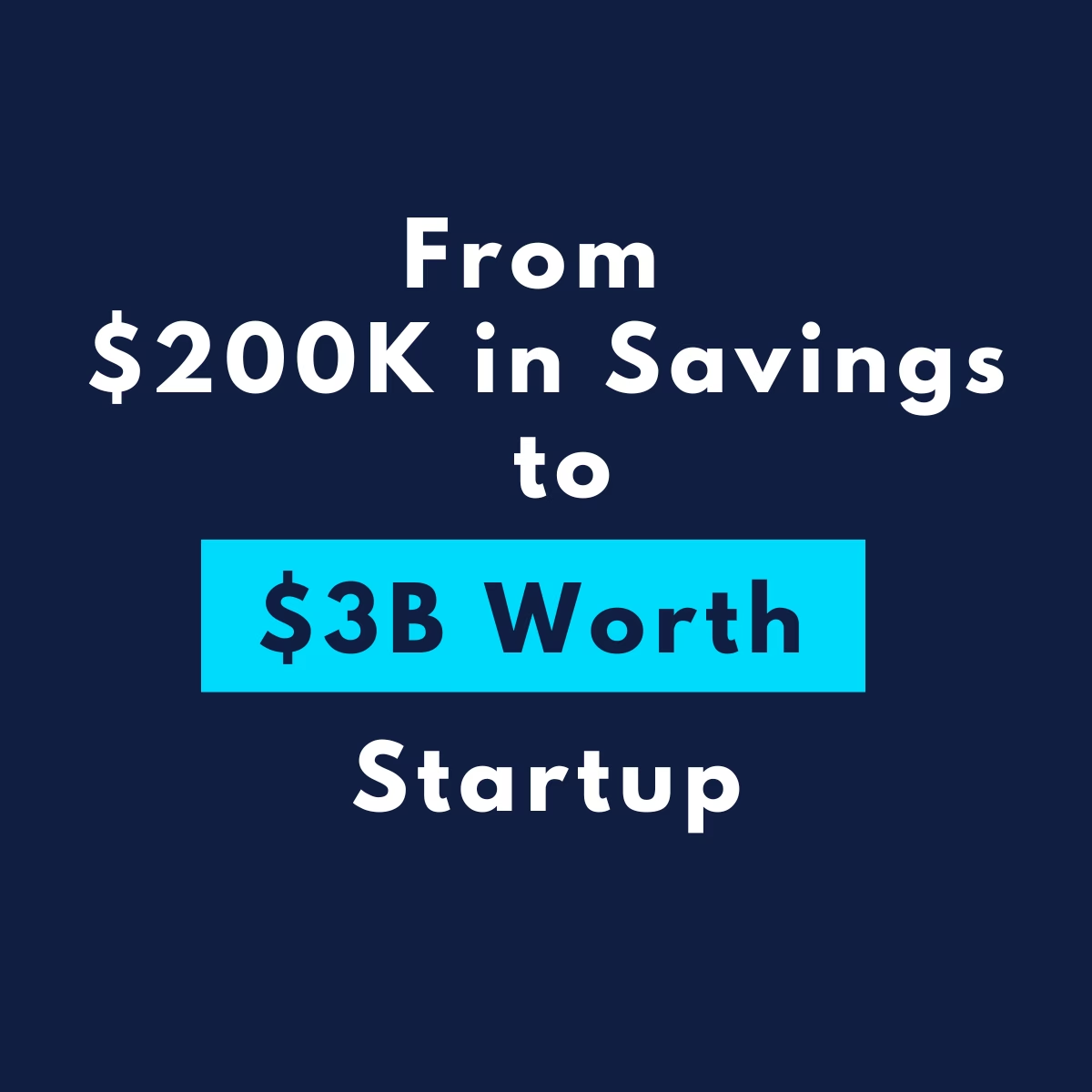
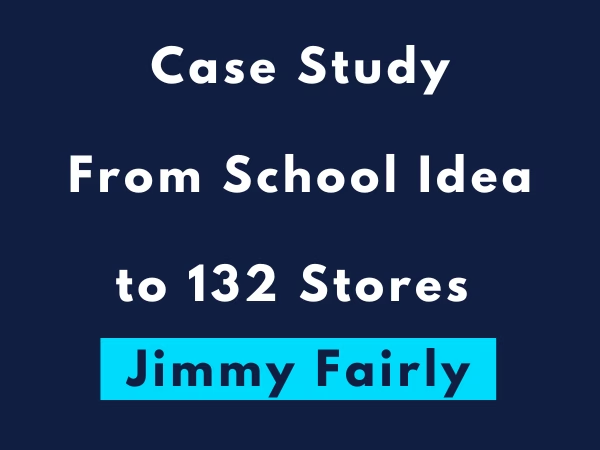
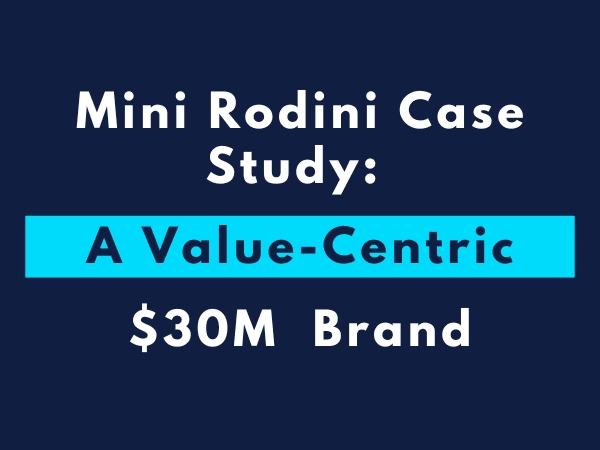
Leave a Reply